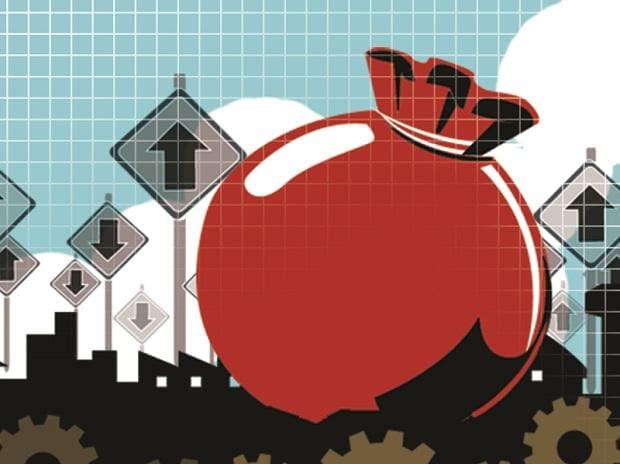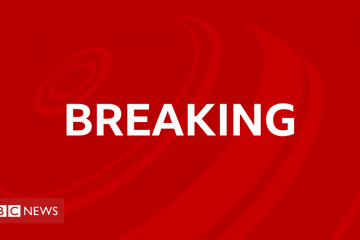The Centre’s fiscal deficit for the first half (H1) of the current fiscal year (April-September of FY23) came in at Rs 6.20 trillion, or 37.3 per cent of the full-year Budget Estimate (BE) of Rs 16.6 trillion, according to the data released by the Controller General of Accounts (CGA) on Monday.
This compares with a Budget balance of Rs 5.27 trillion, or 35 per cent of the full-year target for April-September of last year. The Centre is hopeful of keeping the fiscal deficit at 6.4 per cent of nominal GDP in FY23.
For H1, while capital expenditure outlay was strong compared to last year, net tax revenue showed a drop as a percentage of full-year target. However, as the chart shows, capex as a percentage of BE has still not reached pre-pandemic levels, when the Centre was spending more than 50 per cent of its capex in H1.
Net tax revenue for H1FY23 was Rs 10.12 trillion or 52.3 per cent of FY23 BE compared with 59.6 trillion in H1FY22. Non-tax revenue was 58.4 per cent versus 66 per cent, as the Reserve Bank of India had paid a much higher surplus last year, while non-debt capital receipt was 43.1 per cent compared with 9.6 percent, on back of LIC’s IPO in the first half of FY23.
“Centre’s gross tax collections have shown healthy growth so far and are expected to surpass the full-year budgeted target despite the Customs and excise duty cuts. While the scenario is optimistic on the tax collections front, the non-tax revenue could see some shortfall primarily due to lower dividend transfer from the RBI in the current fiscal year. Overall, we expect the net revenue receipts to exceed the Budget target by Rs 2.2 trillion,” said Rajani Sinha, chief economist with Care Ratings.
“There is a shortfall in non-tax revenue and the government may nudge the PSUs to pay more dividend this year. While non-debt capital receipts are higher with LIC disinvestment being through, it will be challenging to meet the target of Rs 65,000 crore this year,” said Madan Sabnavis, chief economist with Bank of Baroda.
As Business Standard had reported earlier, the Centre expects that the target of dividends from non-financial state-owned enterprises (PSUs) could be missed this year. Oil and gas companies contribute a major chunk of PSU dividends. However, they may not be able to pay as much as previous years, or not at all, because of how crude oil prices have impacted them.
Revenue expenditure in H1FY23 was Rs 14.81 trillion or 46.3 per cent of FY23 BE, compared with Rs 13.97 trillion, which was 47.7 per cent of last year’s BE. Capex outlay for April-September this year was Rs 3.43 trillion, which was 45.7 per cent of BE of Rs 7.5 trillion, compared with Rs 2.29 trillion, or 41.4 per cent.
“The positive takeaway is the capex. Here, there has been a sharp rise for Railways while road has been maintained,” Sabnavis said, adding that there is likely to be a slippage on the revenue expenditure front due to higher food and fertiliser subsidy burden this year.
“Factoring the possibility of additional expenditure being partially offset by higher revenue realisations and no shortfall in the disinvestment proceeds we expect the fiscal deficit to be marginally higher at 6.5 percent of the GDP in FY23,” Sinha said.

Note:- (Not all news on the site expresses the point of view of the site, but we transmit this news automatically and translate it through programmatic technology on the site and not from a human editor. The content is auto-generated from a syndicated feed.))




Hello to all, the contents existing at this website are truly awesome for people experience, well,
keep up the good work fellows.
It’s really a nice and helpful piece of information. I am happy that you simply shared this useful
information with us. Please keep us informed like this.
Thanks for sharing.